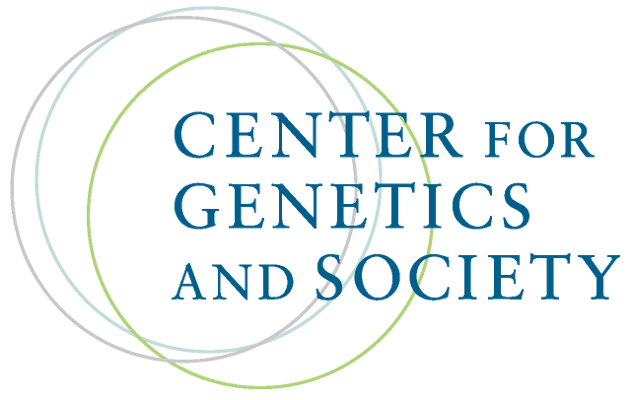A Closer Look at the Human Gene Editing Lab
By Karla Lant,
Futurism [cites CGS' Marcy Darnovsky]
| 08. 21. 2017
As the scientific community takes in the work of the team who edited the DNA of the human embryos this month, different opinions about the safety, efficacy, and potential of the technique abound.
THE GENE EDITING PROCESS
In a lab at Oregon Health & Science University, biologist Shoukhrat Mitalipov and a team of experts have been exploring and learning how to edit the DNA in human embryos efficiently and safely. This month, they announced their successful edit and correction of a mutation which causes a heart condition that can be fatal — hopefully the first landmark step of many on the road to preventing thousands of genetic diseases with editing.
To edit an embryo, a researcher will begin by taking a human egg and monitoring it on a computer screen. They will then inject, with a pipette, donor sperm and CRISPR, microscopic chemical sequences that act as a gene-editing tool, that is designed to make the precise desired edit. CRISPR then goes to work, slicing the target defect from the DNA. After this editing process, the scientists place the embryos...
Related Articles
By staff, Japan Times | 12.04.2025
Japan plans to introduce a ban with penalties on implanting a genome-edited fertilized human egg into the womb of a human or another animal amid concerns over "designer babies."
A government expert panel broadly approved a proposal, including the ban...
By David Jensen, The California Stem Cell Report | 12.11.2025
California’s stem cell and gene therapy agency today approved spending $207 million more on training and education, sidestepping the possibility of using the cash to directly support revolutionary research that has been slashed and endangered by the Trump administration.
Directors...
By Tina Stevens, CounterPunch | 12.11.2025
Silicon Valley and other high tech billionaires are investing millions in start-ups dedicated to creating genetically engineered (GE) babies, according to a recent Wall Street Journal (WSJ) report. AI mogul Sam Altman, cryptocurrency entrepreneur Brian Armstrong, venture capitalist Peter...
By Jenny Lange, BioNews | 12.01.2025
A UK toddler with a rare genetic condition was the first person to receive a new gene therapy that appears to halt disease progression.
Oliver, now three years old, has Hunter syndrome, an inherited genetic disorder that leads to physical...




